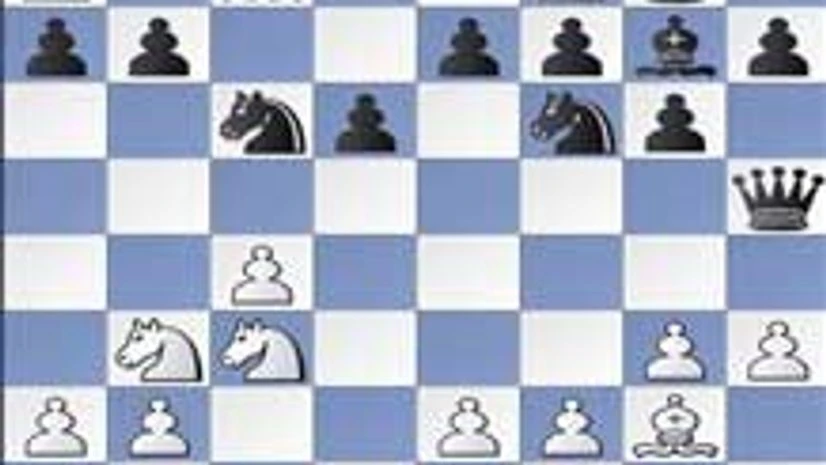The Fide Development Committee has released some interesting metrics about the ways in which it measures development. It considers variables like the number of active rated players, open tournaments, round robins, rated games played, games played by foreigners in a given country, games played by players outside home federation.
The first four variables are self-explanatory perhaps. The number of round robins dropped in 2013 to 1,470, compared to 1,614 in 2012. But the other variables all rose. There are over 101,000 active rated players across 164 national federations in 2013 (92,661 players in 2012). There were 7,219 opens in 2013 (6,954 in 2012). A total of 999,037 rated games were played in 2013, (921,553 games in 2012). That's a mind-boggling 2,737 rated games on an average day.
Games played by foreigners may be an indicator of how good a Fed is at attracting talent. The number of games played by players outside their own federation is also interesting. Players may go abroad for a variety of reasons including a hunt for norms, or if there are few attractive events at home.
A big imbalance in the numbers could indicate some sort of problem. For example if one nation's players regularly compete abroad but few foreigners play in that nation, this may highlight some issue with the national organisational setup. Extreme examples occurred for example, in former Yugoslavia during the civil war in the 1990s.
India has a high number of active players and many rated games are played locally. It does reasonably in terms of organising opens. But it's not among the top 20 Federations in terms of round robins and it has an imbalance with more games played abroad by Indians (6,734) than games in India by foreigners (4,016).
The Gibraltar Open ended with Ivan Cheparinov bagging first . Cheparinov, Vassily Ivanchuk and Nikita Vituigov tied for first with 8 points. Vituigov beat Ivanchuk while Cheparinov got a bye in an imbalanced playoff. Cheparinov then beat Vituigov.
The diagram WHITE TO PLAY (Ivanchuk Vs Vachier-Lagrave, Gibraltar 2014) saw wild play ending in a draw. White provoked a sacrifice with 11.g4 Bxg4 12.hxg4 Nxg4 13.Bf4 Be5 14.Qd2 g5! 15.Bxe5 Ncxe5 16.Rfc1 f5!? Novelty An earlier game went 16...Nxc4 17.Qd3 Nce3! 18.fxe3 Qh4 19.Nd5 Qf2+ 20.Kh1 Qh4+ 21.Kg1 Qf2+ 22.Kh1 Qh4+ draw Zhou Jianchao - Matlakov, Kazan 2013.
Ivanchuk responded 17.Nd4 Qh2+ 18.Kf1 Nxf2 19.Kxf2 Ng4+ 20.Kf1 f4! 21.Qd3 Qh4! Black could trap himself with 21...Ne3+? 22.Ke1 Qxg2 23.Kd2 when white has a winning attack. Play ended with 22.Nd1 Ne3+ 23.Nxe3 fxe3+ 24.Kg1 Qf2+ 25.Kh1 Qh4+ 26.Kg1 Qf2+ 27.Kh1 Qh4+ (½-½). White holds if 27.-Rf6 28. Nf5! Rxf5 29. Rf1 Qh4+ 30. Kg1.
Devangshu Datta is an internationally rated chess and correspondence chess player

)
